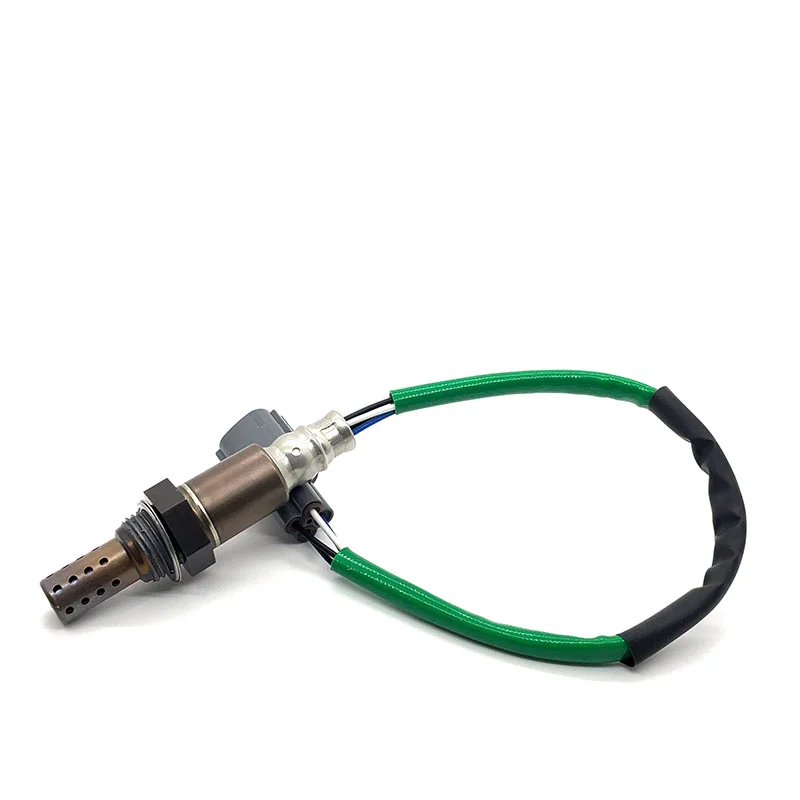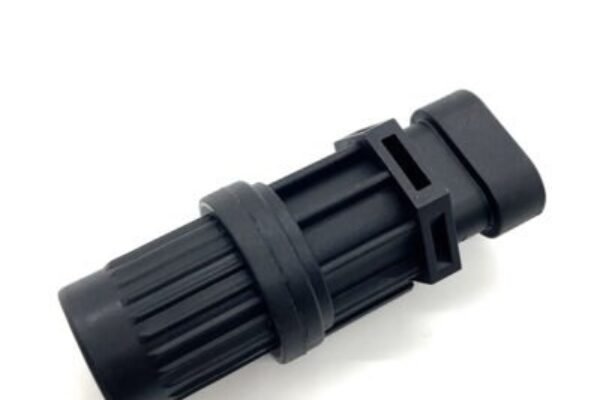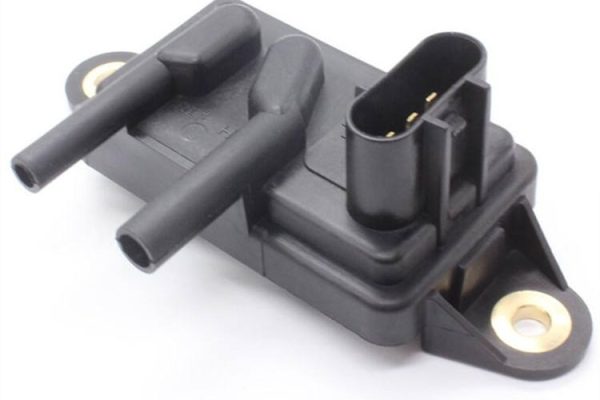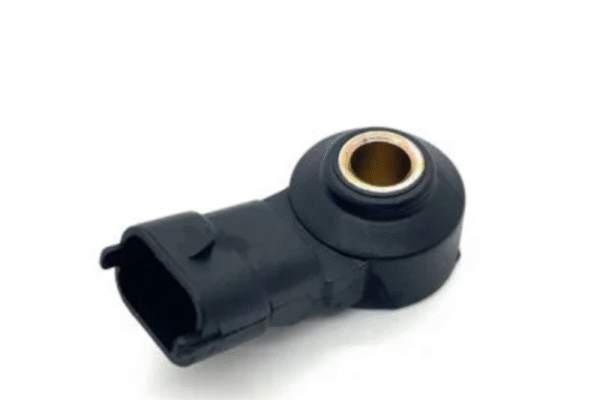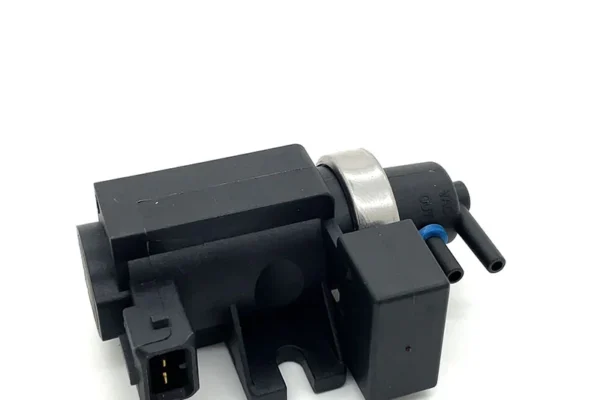Oxygen sensors help cars run cleaner and use fuel better. Drivers who watch their oxygen sensor see better gas mileage. They also see less pollution and smoother engines. Picking the right Oxygen Sensor like Oxygen Sensor for Toyota Corolla helps the car work well. A good sensor means less pollution. It also means saving money on gas.
Key Takeaways
- Oxygen sensors help cars use fuel better. They make sure the air and fuel mix is right. This helps drivers spend less money on gas.
- Checking oxygen sensors often can stop engine trouble. It also lowers bad emissions. This means the air stays cleaner.
- If an oxygen sensor is broken, the engine may run rough. The car might use more fuel. This shows the sensor needs to be changed.
- Putting in new oxygen sensors makes engines work better. It also helps cars pass emissions tests more easily.
- Taking care of oxygen sensors is easy. It helps the environment. It also keeps your car working well.
Oxygen Sensor Function
Oxygen Sensors and Air-Fuel Ratio
They are found in the exhaust system. They check how much oxygen is in the exhaust gases. When the engine burns fuel, it mixes air and fuel. This mix is called the air-fuel mixture. The right air-fuel ratio helps the engine run well. It also keeps emissions low. For example, Oxygen Sensors for Honda Civic are important for how a car engine works.
The oxygen sensor sends signals to the car’s computer. If there is too much fuel or air, the sensor tells the computer. The computer then changes the air-fuel ratio to fix it. This happens all the time when the car is running. Drivers may not see it, but oxygen sensors work hard. They help keep the air-fuel mixture balanced.
Engine Management System
The engine management system uses data from the oxygen sensor. It makes quick changes to the air-fuel ratio. It watches the signals from the oxygen sensors all the time. This helps the engine work well in different situations. For example, when a driver speeds up or slows down, the system changes the air-fuel mixture. It gives the engine what it needs.
A good engine management system keeps the engine strong and emissions low. It depends on the oxygen sensors for good information. If the sensors work well, the car runs better and pollutes less. The air-fuel ratio stays close to perfect. The engine does not waste fuel or make extra pollution.
Remember: Clean air and good fuel use start with healthy oxygen sensors and a smart engine management system.
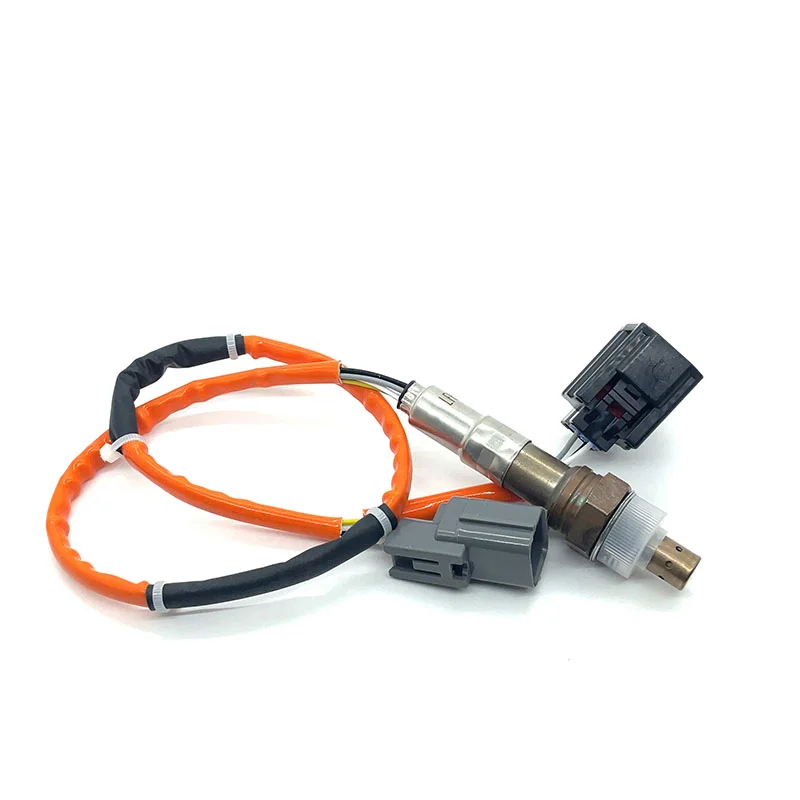
Fuel Efficiency
Optimizing Fuel Use
A vehicle’s oxygen sensor helps control how much fuel the engine uses. When the oxygen sensors work right, the engine burns fuel better. The sensors send signals to the engine’s computer. The computer changes the air and fuel mix. This is called fuel control. It keeps the engine smooth and saves gas.
Drivers see better fuel efficiency with healthy oxygen sensors. The engine does not waste fuel. It uses just enough for each trip. Good fuel efficiency means drivers spend less on gas. It also means the car makes less pollution. Clean air and saving money start with a working oxygen sensor.
Impact of Sensor Failure
A bad oxygen sensor can cause many problems. The engine may get the wrong air and fuel mix. This lowers fuel efficiency. The car might use more gas than it should. Drivers may feel the engine run rough or weak. Sometimes, the check engine light turns on.
When oxygen sensors fail, controlling emissions gets harder. The engine may put more pollution in the air. Bad fuel control can hurt the engine over time. The car might stall, hesitate, or have trouble starting. These signs mean a new sensor is needed.
Here are some common effects of a bad oxygen sensor:
- More fuel use
- More emissions
- Rough engine
- Trouble passing emissions tests
Reduce Emissions
Emissions Impact
They check the exhaust and tell the engine how much oxygen is there. When sensors work well, the engine burns fuel better. This means fewer bad gases come out of the car. People who want clean air know good sensors help control pollution. For example, Oxygen Sensor For Mazda help cars make less pollution.
A working sensor helps the engine change fast. It keeps the air-fuel mix just right, so the car does not pollute more. The engine does not waste gas, and the exhaust stays cleaner. If you want to pass emissions tests, watch your oxygen sensors. These sensors help cars meet government rules for emissions.
Tip: If the check engine light turns on, the oxygen sensor might need help. Fixing it can lower pollution and keep the car running well.
Environmental Importance
Cutting down on pollution is good for everyone. Clean air keeps people healthy and helps the earth. Oxygen sensors help by making sure engines do not make too many bad gases. When sensors work right, cars run cleaner and quieter.
Drivers who change old sensors help nature. They make sure less bad gas goes into the air. This helps stop pollution and keeps the air cleaner. People who care about the earth know that small things, like fixing sensors, matter a lot.
- Cleaner exhaust means less harm to the earth.
- Good sensors help cars follow pollution rules.
- Changing bad sensors helps lower pollution every day.
Oxygen Sensor Maintenance
Signs of Failure
Oxygen sensors work hard every time someone starts the car. Over time, these sensors can wear out. Drivers may notice a few warning signs when a sensor starts to fail. The check engine light often comes on first. This light tells drivers that something needs attention. Sometimes, the engine runs rough or feels weak. The car might use more fuel than usual. Some people notice a strong smell from the exhaust. Others see that their car has trouble passing an emissions test.
A faulty oxygen sensor can also cause the engine to stall or hesitate. Drivers may hear strange noises from the engine. The car might have trouble starting in the morning. These signs do not always mean the sensor is the problem, but they give a good reason to check it.
Replacement Benefits
Replacing a worn sensor brings many benefits. The engine runs smoother and uses less fuel. Drivers often notice better gas mileage right away. The car produces fewer harmful gases, which helps the environment. A new sensor also helps the engine last longer. It keeps the air-fuel mix just right, so the engine does not work too hard.
Here are some reasons to replace a bad sensor:
- Better fuel efficiency
- Lower emissions
- Smoother engine performance
- Easier time passing emissions tests
Drivers who replace old sensors save money on gas and repairs. They also help keep the air cleaner for everyone. Regular checks and timely replacement make sure the car stays in top shape.
Conclusion
Oxygen sensors play a big role in keeping cars running well and the air clean. Regular checks and quick fixes help drivers save fuel and lower pollution. They also keep engines strong. People who watch for signs of trouble get better performance and help the environment.
- Save money on gas
- Pass emissions tests
- Protect the planet
Stay alert to changes in your car. Replacing old sensors keeps everything working right.

